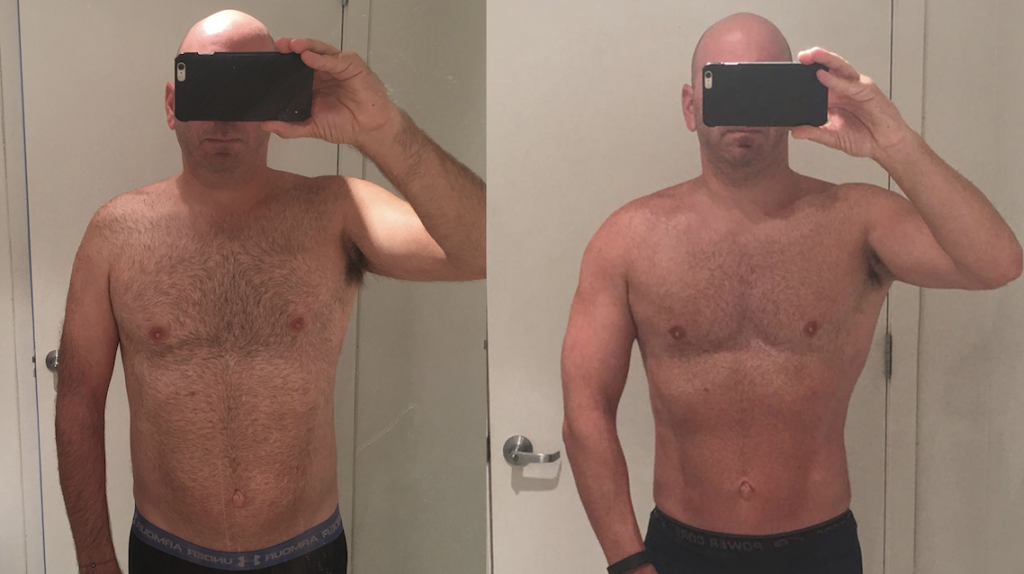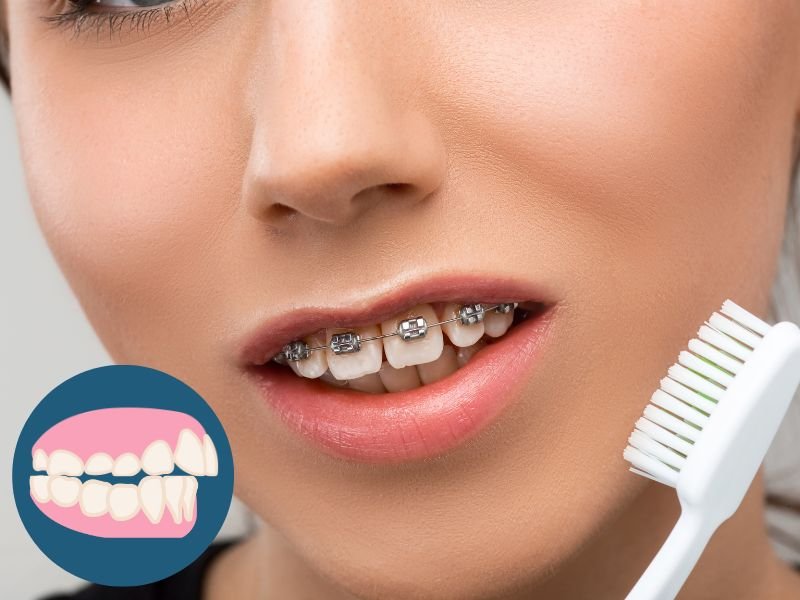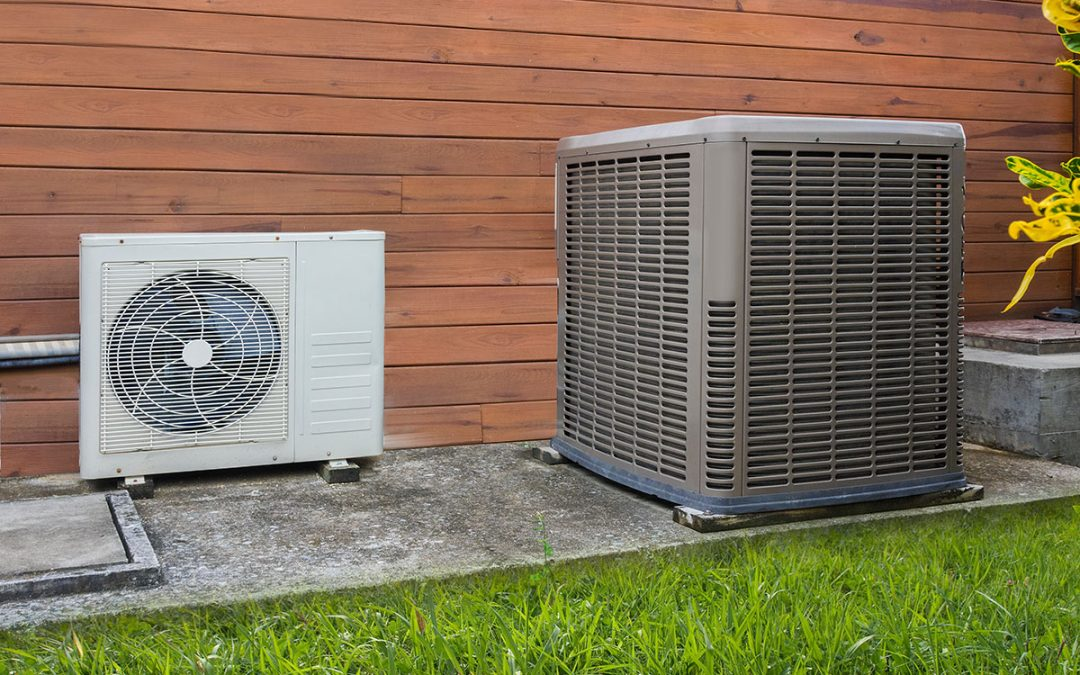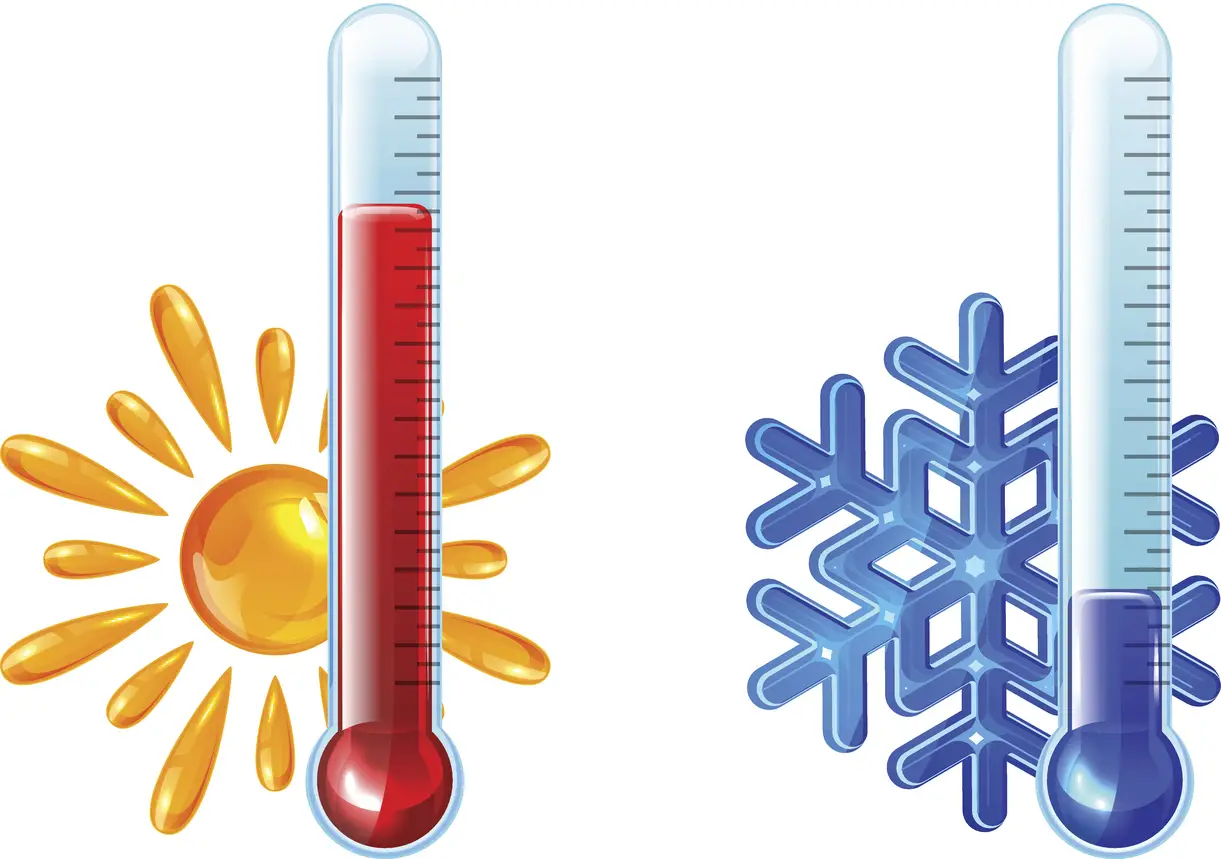A straight, confident smile is more than just an aesthetic goal—it’s a reflection of good oral health and self-assurance. For decades, braces have been the gold standard in orthodontics. But in recent years, Invisalign and other clear aligners have gained popularity, especially among adults seeking a discreet option. If you’re wondering about Invisalign vs braces, their pros, cons, costs, and effectiveness, this comprehensive guide will help you make an informed choice.
What Are Braces?
Braces have been used for over a century to correct misaligned teeth and bite issues. They work by applying continuous pressure to gradually move teeth into the right position. Traditional braces consist of metal brackets glued to the teeth and connected by wires that an orthodontist tightens periodically.
Types of Braces
- Metal braces – Durable, affordable, and the most common option.
- Ceramic braces – Tooth-colored, less noticeable but more fragile.
- Lingual braces – Placed behind the teeth, completely hidden but harder to clean.
Best suited for: Complex cases like severe crowding, crossbites, or rotated teeth.
What Is Invisalign?
Invisalign is a modern alternative to braces that uses clear, custom-made plastic trays (aligners) to move teeth. Instead of wires and brackets, patients switch to a new set of aligners every 1–2 weeks as their teeth gradually shift.
Treatment Process
- Digital 3D scan of your teeth.
- Custom aligners created specifically for your mouth.
- Aligners worn 20–22 hours per day.
- Check-ups every 6–8 weeks for progress.
Best suited for: Mild to moderate alignment issues, adults and teens who want a discreet solution.
Invisalign vs Braces: Key Differences
Appearance and Aesthetics
- Braces: Visible, though ceramic and lingual options reduce noticeability.
- Invisalign: Nearly invisible, making them popular among professionals and image-conscious adults.
Comfort and Lifestyle
- Braces: Can cause irritation from wires and brackets; food restrictions apply.
- Invisalign: Smooth trays with no sharp edges; removable for eating and brushing.
Treatment Effectiveness
- Braces: Effective for all levels of dental misalignment, including complex cases.
- Invisalign: Best for mild to moderate issues; may struggle with very severe crowding or rotations.
Cost Comparison
| Treatment | Average Cost (USD) | Insurance Coverage | Payment Plans Available |
| Braces | $3,000 – $7,000 | Often covered | Yes |
| Invisalign | $3,500 – $8,000 | Sometimes covered | Yes |
Maintenance and Care
- Braces: Require careful brushing and flossing around wires; regular orthodontist visits for tightening.
- Invisalign: Aligners must be cleaned daily; requires discipline to wear them long enough each day.
Treatment Time
- Braces: Usually 18–36 months, depending on severity.
- Invisalign: 12–24 months for most cases.
Pros and Cons of Braces
Pros:
- Effective for all cases, including severe misalignments.
- Often less expensive than Invisalign.
- No risk of losing aligners.
Cons:
- Noticeable appearance.
- Food restrictions (no sticky or hard foods).
- More difficult to maintain oral hygiene.
Pros and Cons of Invisalign
Pros:
- Virtually invisible.
- Removable for eating, brushing, and special occasions.
- More comfortable with no wires or brackets.
Cons:
- More expensive in many cases.
- Requires strict discipline—aligners must be worn 20–22 hours daily.
- Not ideal for severe dental problems.
Invisalign vs Braces: Which One Should You Choose?
Choosing between Invisalign and braces comes down to your unique needs and lifestyle.
- Choose braces if: You have complex dental issues, want a reliable solution, or prefer a slightly cheaper option.
- Choose Invisalign if: You value aesthetics, convenience, and are committed to wearing aligners consistently.
Here’s a quick comparison table for clarity:
| Feature | Braces | Invisalign |
| Appearance | Noticeable | Nearly invisible |
| Comfort | May cause irritation | Smooth, removable |
| Effectiveness | Works for all cases | Best for mild/moderate |
| Cost | Lower on average | Slightly higher |
| Maintenance | Harder to clean | Easier to clean |
| Treatment Time | 18–36 months | 12–24 months |
Real-Life Case Studies
- Teenager with severe crowding: Braces corrected her bite and alignment in 24 months. Though she disliked the look, the results were excellent.
- Adult professional with mild misalignment: Invisalign fit his busy lifestyle. He could attend client meetings without anyone noticing, and his treatment finished in 14 months.
FAQs About Invisalign vs Braces
Which is faster? Invisalign often takes less time for mild issues, but braces may be quicker for severe cases.
Do they hurt? Both cause mild discomfort at first, but braces may cause more irritation due to wires.
Can I switch from braces to Invisalign? Yes, some patients start with braces for severe corrections and finish with Invisalign for refinements.
Is Invisalign only for adults? No—Invisalign Teen is designed specifically for younger patients.
Conclusion
When it comes to Invisalign vs braces, both treatments are effective for straightening teeth, but they suit different needs. Braces are the reliable option for complex issues, while Invisalign is the discreet choice for those who prioritize appearance and convenience. Ultimately, the right decision depends on your dental condition, budget, and lifestyle.
Your smile is worth the investment—consult an orthodontist to find the best path for you.














Leave a Reply